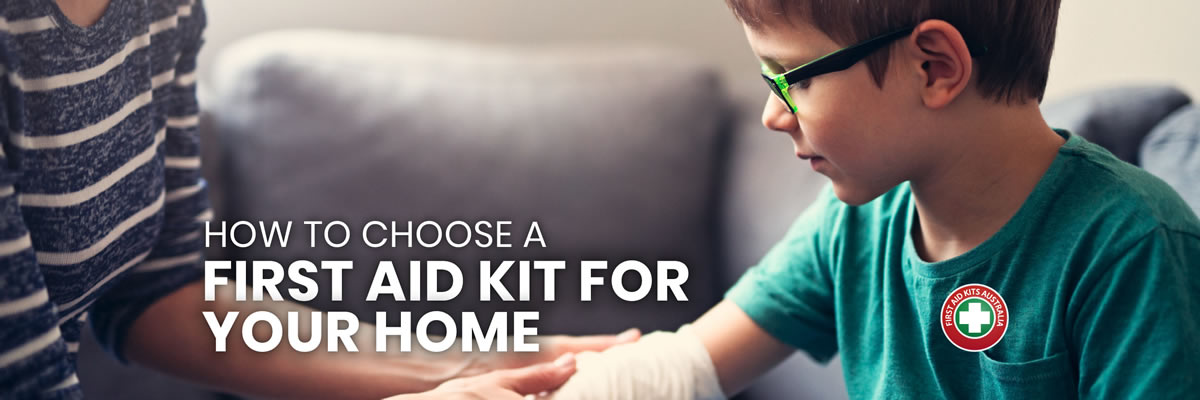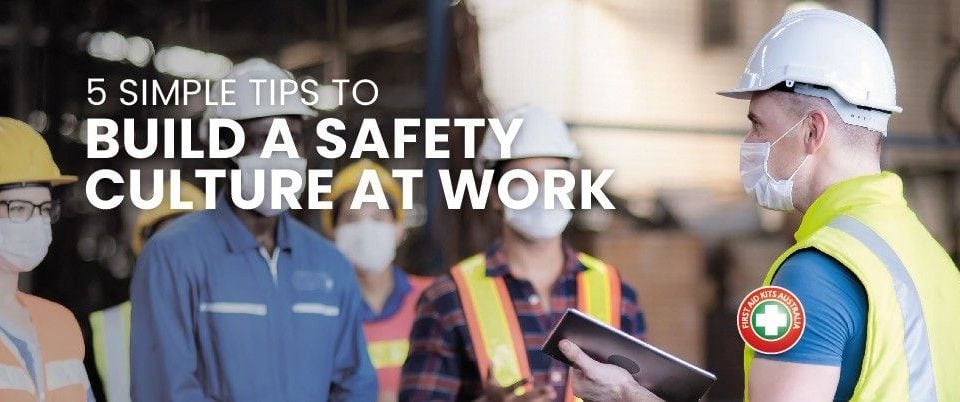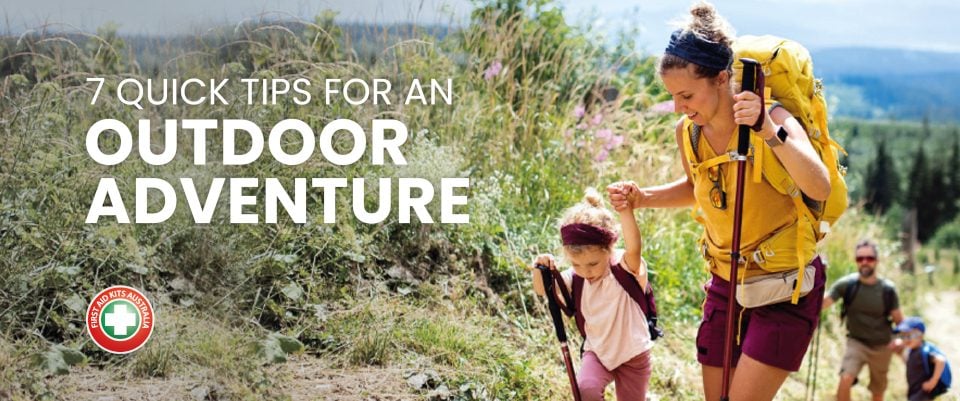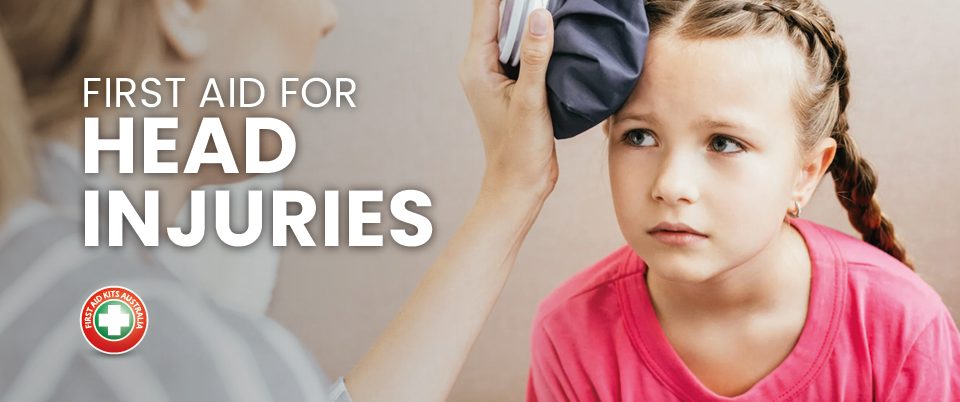
Choose the right First Aid Kit for your Workplace
19 February 2020
End of Summer Sale
28 February 2020Reading Time: 2 minutes

 by
by 
Having a First Aid Kit available at your home is crucial for your family safety.
While there are many First Aid options available for choosing a FIRST AID KIT FOR YOUR HOME here’s a guide to choosing a First Aid Kit, and important factors to consider:
- Readily Available: First Aid Kits should be able to be spotted quickly and be easily accessible. Everyone should know where it is.
- Appropriate Outer Case: The outer case should be appropriate for its purpose. Perhaps you need to protect from dust or knocks. The most common types of first aid kit cases include soft packs, metal cabinets, and hard plastic.
- Storage: Consider the space you have available to store it. This may impact the size and preferred case options for your kit.
- Regulatory approval: Make sure the first aid kit and supplies are registered with the Therapeutic Goods Administration (TGA) for sale in Australia. To ensure only safe medical products and devices are sold in Australia, the TGA requires them to have an ARTG number. With more products being sold on eBay and Amazon, there are more medical products hitting the market without necessarily being manufactured to suitable quality standards.
- The size of your family and visitors: Consider how many people the kit will be servicing. The more people, the bigger the kit you need. Kids tend to be more prone to accidents; so be sure to consider this.
- Location: If your home is within an hour of medical facilities a standard first aid kit is ok. If you are more than an hour of medical facilities you should have a remote-first aid kit and consider Snake Bite cover.
- Risk and Common Injuries: Homes are considered low-risk areas because of the probability and severity of the injuries that could happen, going from minimum to moderate. Think about your family’s activities and sports. For example, swimming, running around in the yard, some DIY activities such as carpentry, gardening, etc
- Restocking: will largely depend on how often you use your First Aid Kit, but it’s important that you restock your kits at least once a year and check for expired products.
- Emergency Manual: First Aid Kits should contain an emergency manual with basic first aid information for people with no training.
- Special Uses: Think if you have any additional needs for your First Aid Kit. For example, if you practice a particular sport or if you have pets.
What about the car?
The family’s car can be considered an extension of the house. Therefore, you should also carry a First Aid Kit in your vehicle.
Your Car’s First Aid Kit has the same considerations as the kit for your house (number of people, activities, etc). In addition, some extra items to include are:
- Triangular Bandages
- Emergency blanket
- Snake Bite cover
For more information on First Aid Kits, and to get the best First Aid Kits in the market, visit First Aid Kits Australia and get yours now!





